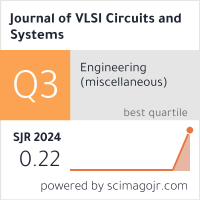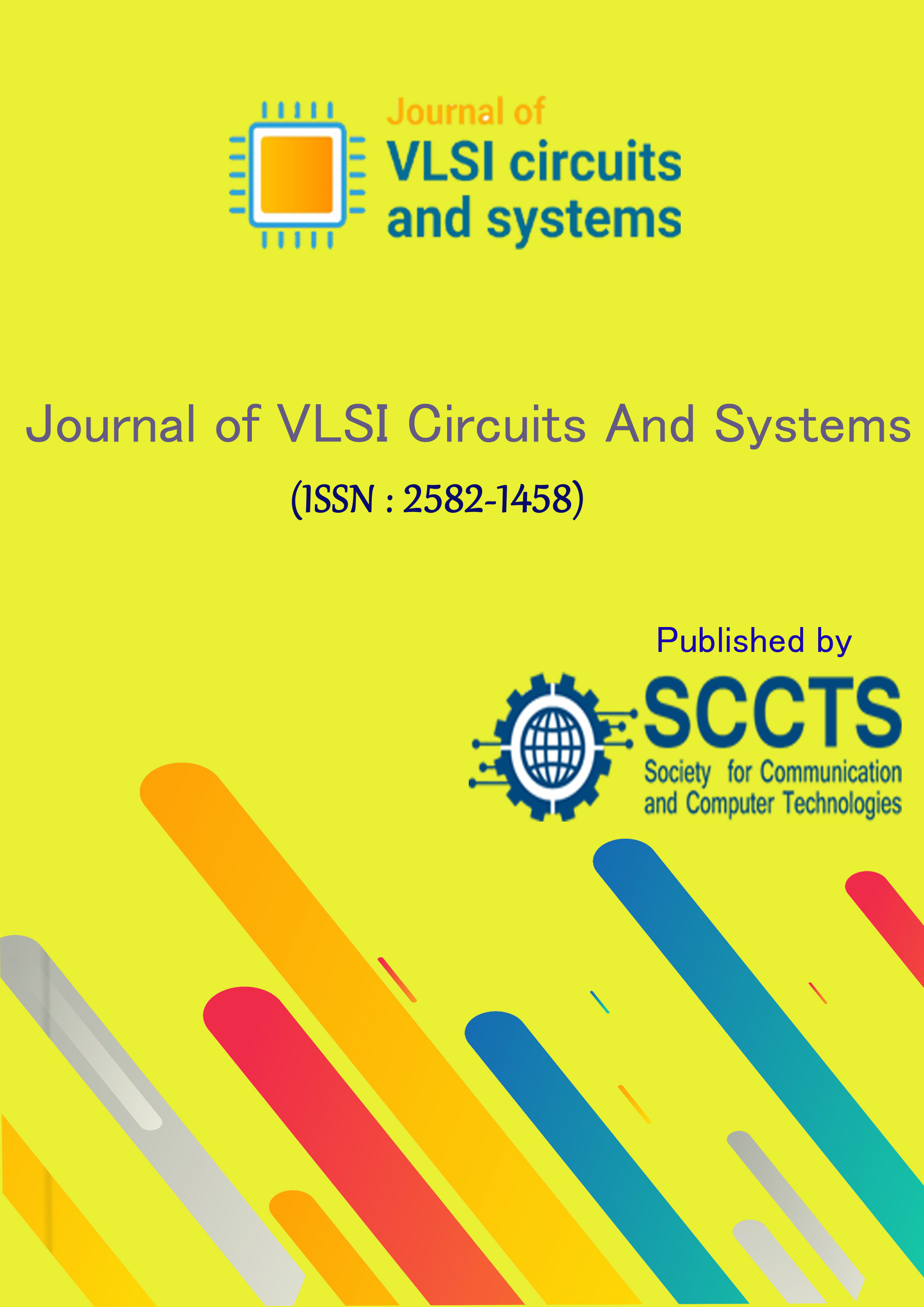Transforming Economic Development through VLSI Technology in the Era of Digitalization
DOI:
https://doi.org/10.31838/jvcs/06.02.07Keywords:
digitalization, VLSI, transforming economic development, innovation, productivityAbstract
This article highlights the significance of Very Large Scale Integration (VLSI) technology in the digital economy. VLSI technology has made noteworthy inroads into economic development. The article’s spatial contextualization explores the applications of VLSI technology in different economic sectors. The research scrutinizes the efficacy of using VLSI technology in terms of cost, new product development, operationalization, competitiveness, economies of scale, and time to market. The study also clarifies that the VLSI paradigm shift aligns with the digitalization of the economy. Aspirational industries such as health, telecommunications, and manufacturing are increasingly embracing the paradigm shift towards applying VLSI technology in implementing intelligent systems,
communication tools, and compliance devices, leading to enhanced economic growth. The analysis provides evidence-based examples of VLSI technology applications and achievements from other countries. The emphasis on contextualization during the study was paramount to help the reader grasp the significance of VLSI technology in the digital economy and assess the implications of extending its application in various critical sectors. Unveiling the regional initiatives undertaken by key sustainable development goals is geared towards developing robust partnerships that leverage VLSI technology for economic development. The context of the increasing transnational implementation of VLSI technology in various economic sectors necessitated a first-person narrative to aid the reader in understanding how and why VLSI technology has become critical in economic development. The study clarifies the strategies, approaches, and operationalization concerning VLSI technology, including its capabilities in streamlining operations, enhancing competitiveness, time to market, value innovations in health, and delivering efficiencies in manufacturing scenarios.












